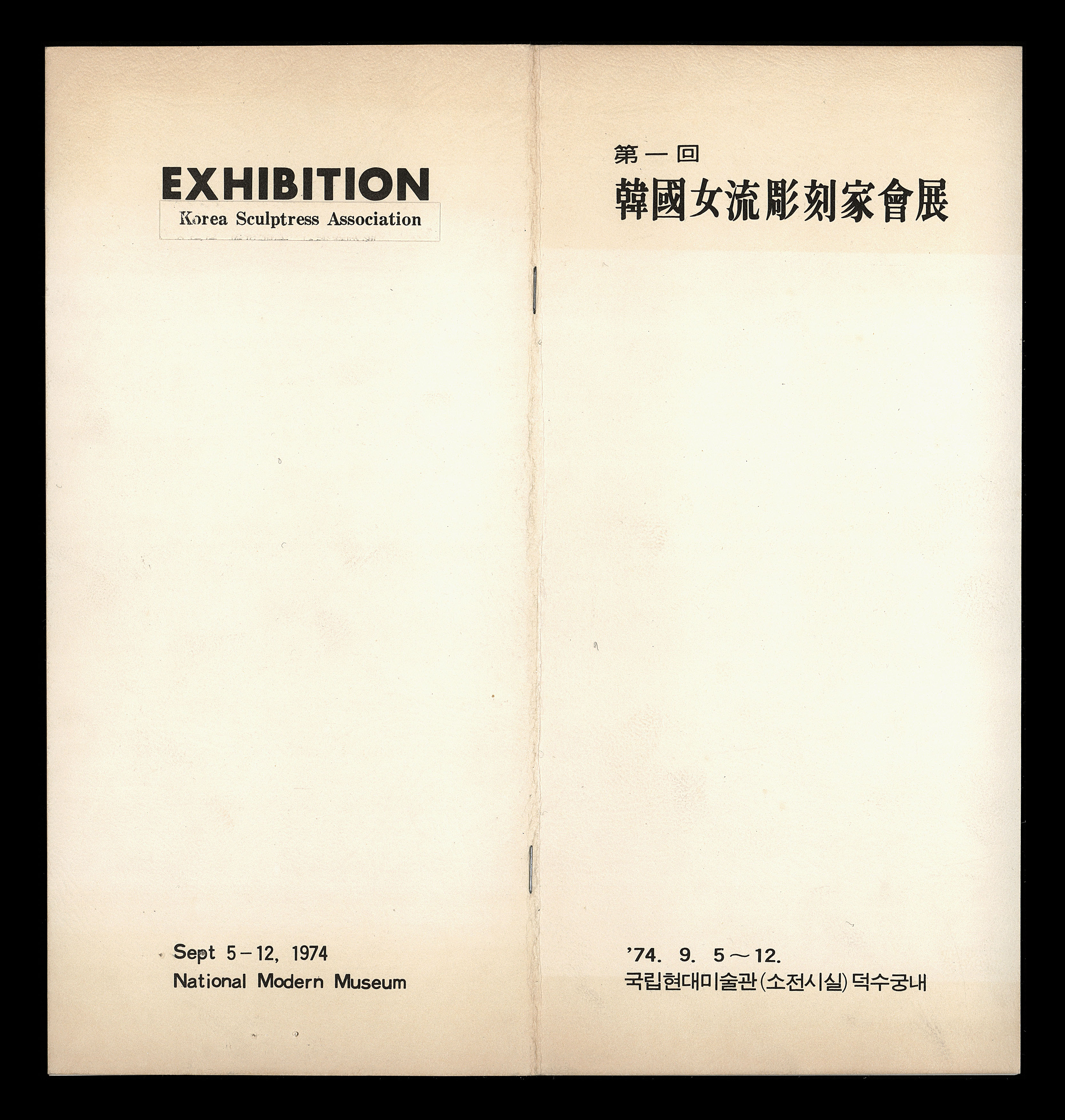
The First Korea Women's Sculpture Association Exhibition, Brochure, 1974, MMCA Art Research Center Collection
Korean Sculptress Association
* Source: Multilingual Glossary of Korean Art. Korea Arts Management Service
Related
-
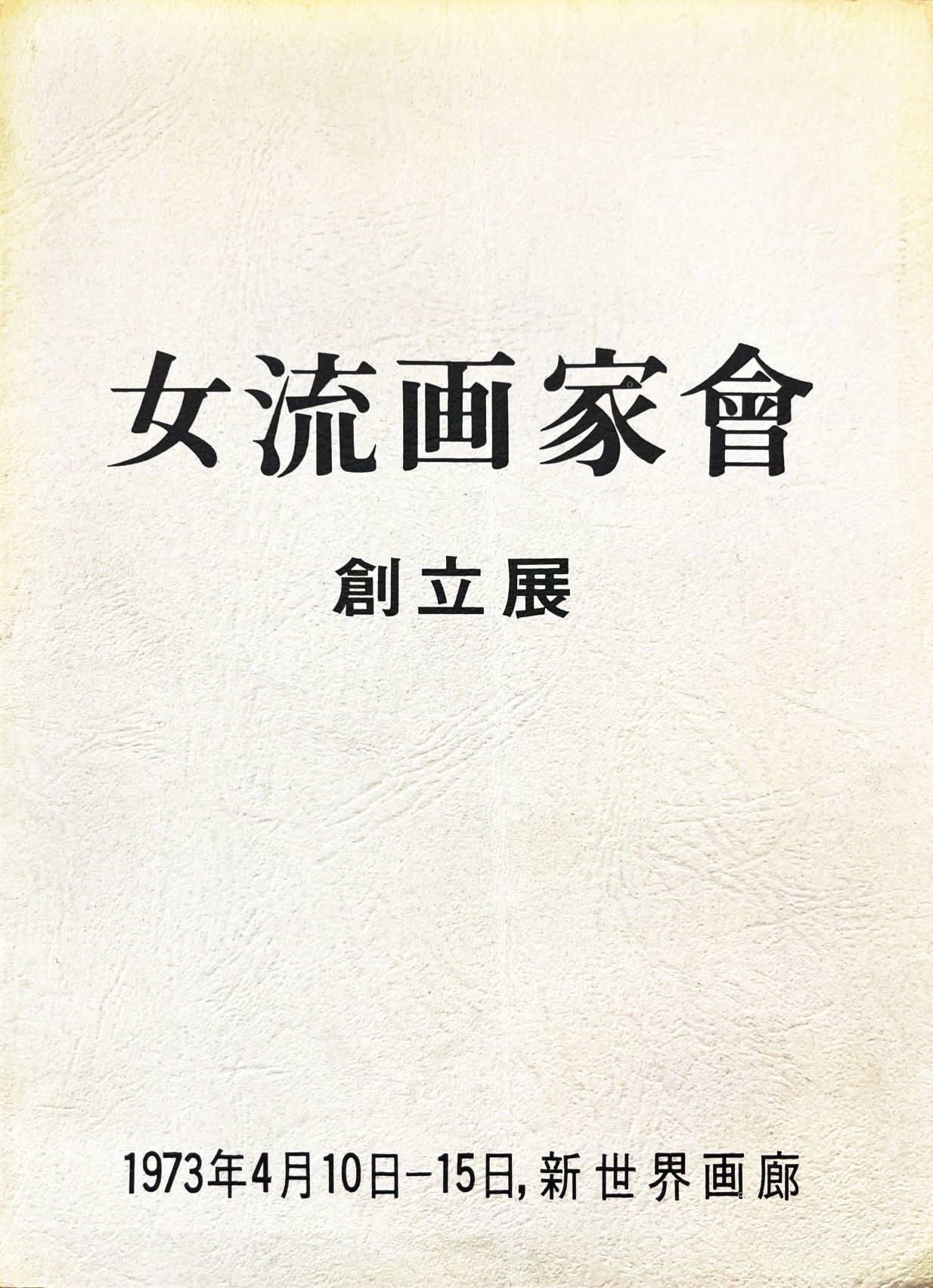
Korea Woman Fine Arts Association
The Korea Woman Fine Arts Association (Hanguk yeoryu hwagahoe, KWFAA) is an art organization founded in 1973 by women artists who majored in painting at universities. It held its inaugural exhibition at Shinsegae Gallery from April 10 to 15, 1973, and in June 2023 it held the exhibition 50 Years to Today to commemorate the fiftieth anniversary of its founding. As it became a corporation in 2011, the KWFAA was renamed the Korea Women Artists Association (KWAA). Realizing that more women graduated from art universities than men, but they were at a disadvantage in establishing themselves as artists, the KWFAA organized exhibitions that encouraged women not to settle for being housewives, thus contributing to education and society. Among its major education programs are educational seminars for groups of women, such as “Art and Women” (1973), “Korean Society, Women, and Art” (1978), “Women’s Art in Korean Society” (1980), and “Korean Art in World Art” (1985). The KWFAA also continues to hold exhibitions of the social contribution nature and engage in international exchanges through these exhibitions. The exhibitions include Charity Exhibition for Helping Atomic Bomb Victims (Midopa Gallery, 1976), Charity Exhibition for the Construction of the Working Women’s Center (Seoul YMCA, 1977), Charity Exhibition for the Buddhist Hall in the Gongju National Tuberculosis Hospital (Baegak Art Space, 1986), and the Korean Women Artists’ Charity Exhibition for Helping the Elderly without Family (Sanggye Branch of Midopa Gallery, 1994). It is significant that the KWFAA (present-day KWAA), an organization voluntarily formed by women artists who majored in Western-style painting, continues to expand the scope of women artists’ activities by holding member exhibitions, invitational exhibitions, and overseas exhibitions.
-
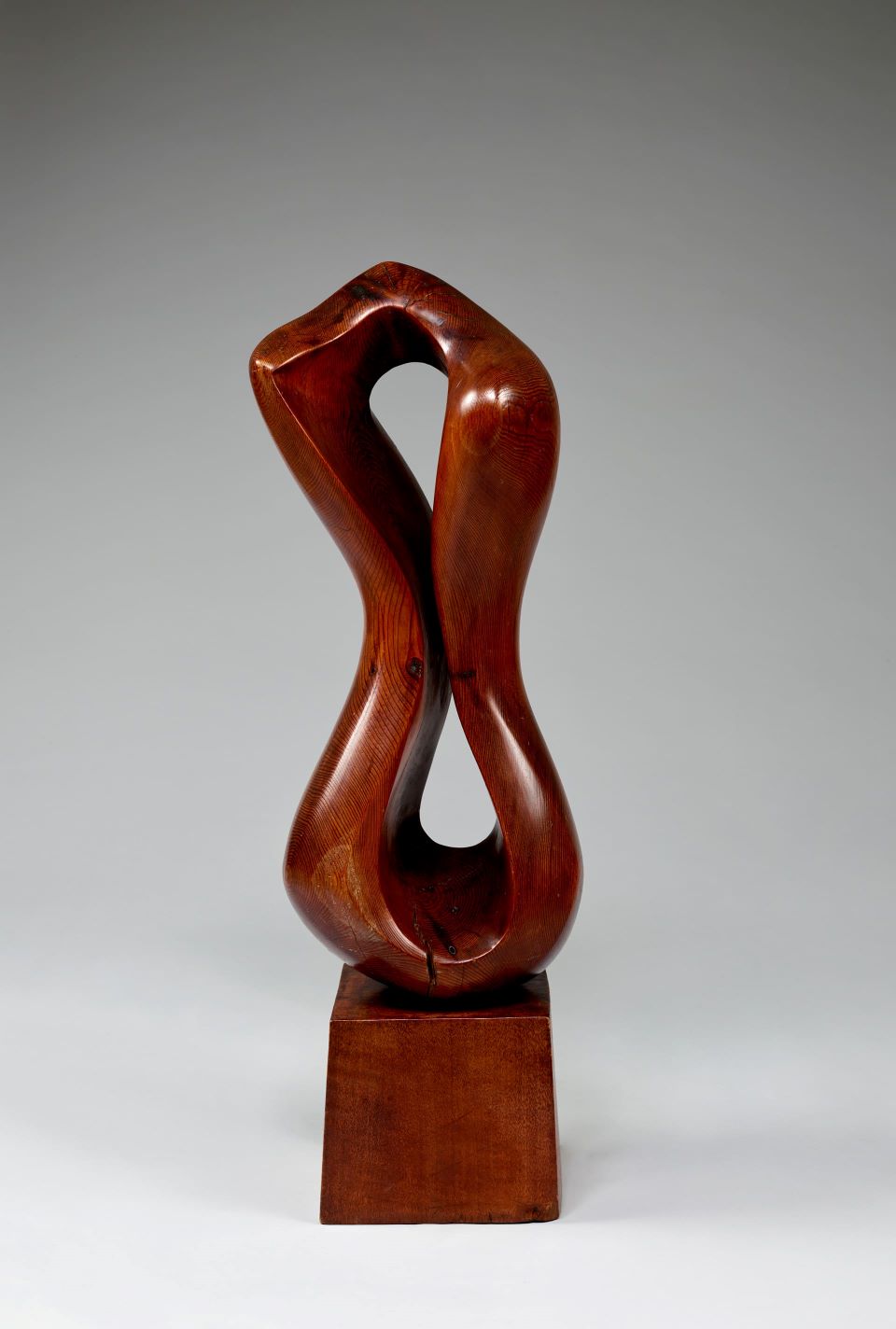
Kim Chungsook
Kim Chungsook (1917-1991) was taught by Yun Hyojoong and Yoo Jinmyeong at Hongik University until graduating in 1953. She moved to the U.S. and studied painting from professor Leo Spot at Mississippi State University and attended the graduate program of the Cranbrook Academy of Art, Michigan. After her return to Korea in 1957 she worked as a professor at Hongik University. She introduced welded sculpture to Korean students and artists and expanded the scope of sculptural metal work in Korea. She went back to the U.S. to study industrial design and metal craft at the Cleveland Institute of Art in Ohio from 1958 to 1959. She served as the Dean of sculpture in the Fine Art department of Hongik University and the director of the Plastic Arts Research Institute. Kim Chungsook’s style has been described as one of love and affection, as her work reflected both her strong Christian beliefs and her feminine sensibility. Her series Wings is considered as representational of her interests in diverse techniques and materials. In the context of modernist sculpture in Korea she is considered a pioneer who worked in the tradition of Plasticism to introduce a new lyrical approach.
-

Modern and Contemporary Sculpture
The term “modern and contemporary sculpture” refers to sculptural works that go beyond conventional materials such as wood, marble, and bronze and the materialization of traditional realism, and adopts instead non-figurative representations and new materials from the industrialization era. As the development of Neo-dada, Pop Art, Minimalism, Land Art, and Conceptual Art gradually diminished the importance of genre and medium in the second half of the twentieth century, modern and contemporary sculpture became increasingly marginalized.
Find More
-
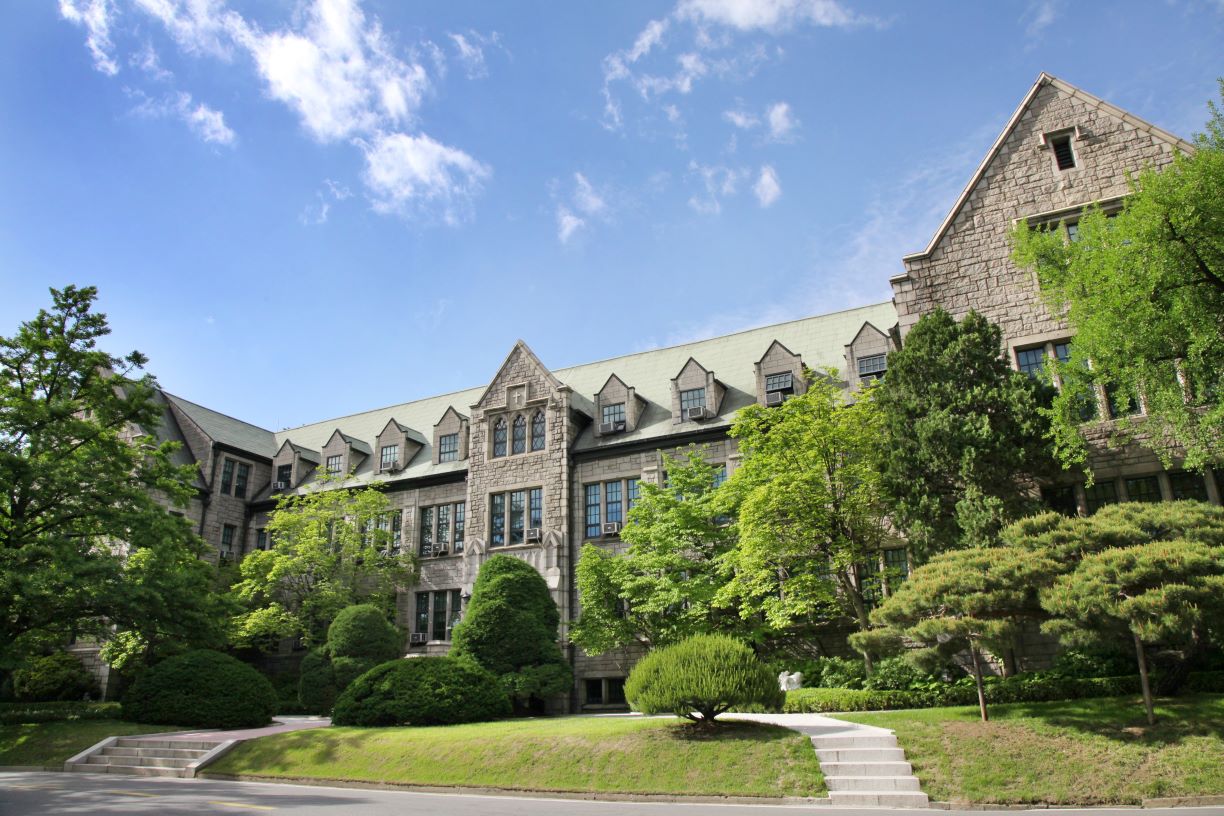
Ewha Womans University
Ewha Womans University is a private university located in Daehyeon-dong, Seodaemun-gu, Seoul. Its parent institution was the College courses at Ewha Hakdang (Ewha Girl’s School), Korea’s first women’s school that the American missionary Mary Scranton founded in Jeong-dong, Jung-gu, Seoul. During the Japanese colonial era, it became Ewha College that functioned as a relief vocational school. In 1945, it was accredited as Korea’s first university. In 1946, it was renamed the Ewha Womans University. The College of Art and Design at Ewha Womans University was the first four-year university institution specializing in fine arts in South Korea. In October 1945, the Ewha Womans University had Hallimwon, Yerimwon, and Haengnimwon. Yerimwon was like an art college with a fine arts department and a music department. In 1946, the art department in Yerimwon was reorganized into the School of Fine Arts, and in September 1947 four major departments of Eastern-style painting, Western-style painting, embroidery, and design were established in the School of Fine Arts at Yerimwon. In October 1949, the graduation exhibition Nongmihoe of the first class was held at Daewon Gallery through the sponsorship of the Kyunghyang Shinmun newspaper company. In December 1951, the Department of Fine Arts in the College of Art came to be equipped with eight majors of Eastern painting, Western painting, sculpture, embroidery, design, photography, interior design, and dyeing. The Department of Fine Arts was installed in the graduate school as well. In 1967, the Department of Painting was divided into Eastern painting and Western painting departments, and the Department of Decorative Art was newly established. The school system, reformed in March 1998. It consists of three faculties and nine majors: School of Fine Arts (Korean painting, painting · printmaking, and sculpture), School of Design (environmental design, visual communication design, industrial design, and fashion design), and School of Crafts (textile art and ceramic art). Currently, the College of Art and Design consists of the Fine Art Division, Design Division, and Fiber/Fashion Division.
-
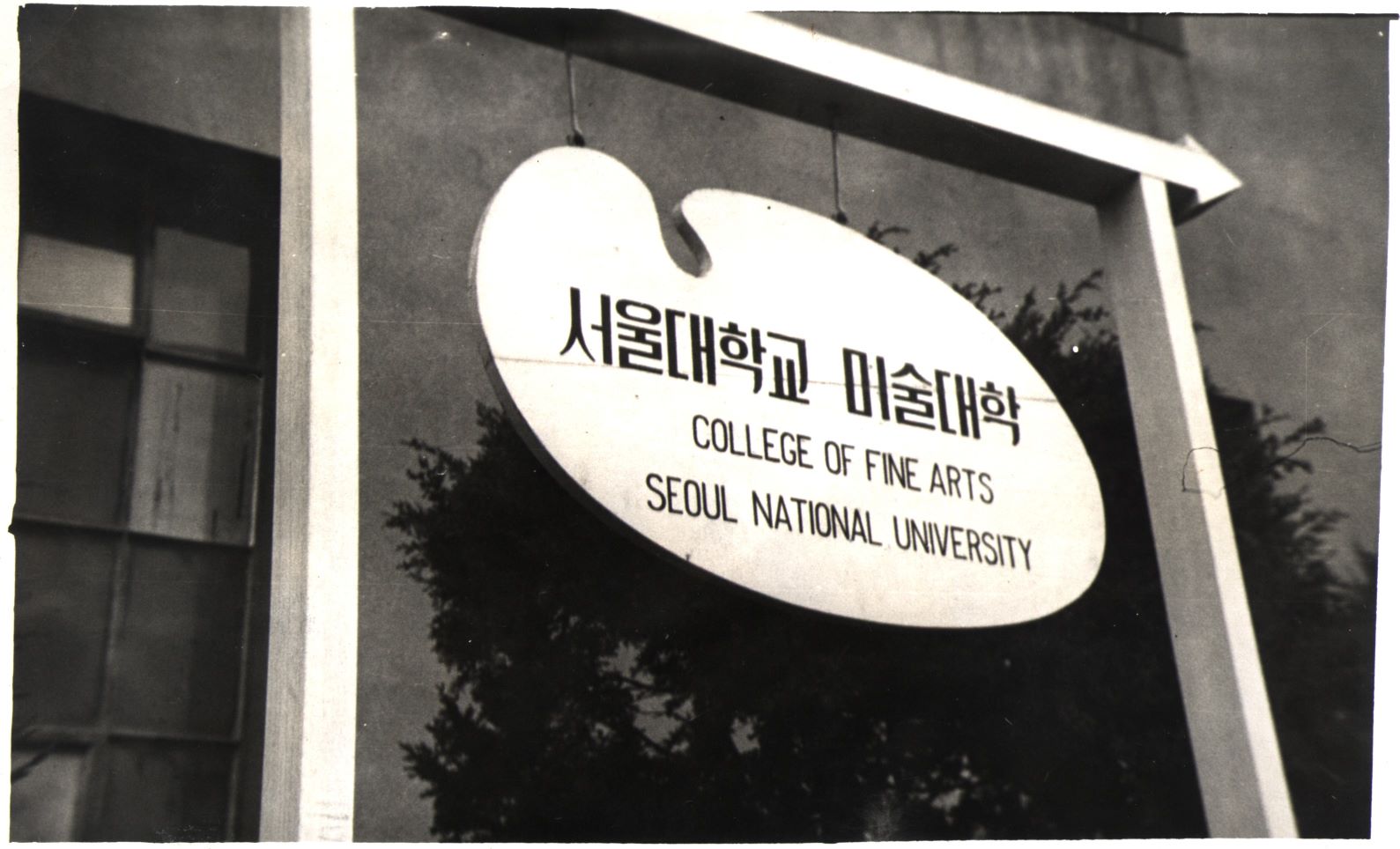
College of Arts at Seoul National University
The College of Fine Arts of Seoul National University is located in Sillim-dong, Gwanak-gu, Seoul. According to the Decree on the Establishment of Seoul National University, the College of Art including the Department of Fine Arts and the Department of Music was founded in August 1946 at Seoul National University. The Department of Fine Arts consisted of sub-departments of Painting I, Painting II, Sculpture, and Design. It was organized by Chang Louis Pal and Lee Soonsuk. Chang Louis Pal had served as head of the Education and Management Bureau in the U.S. Army Military Government in Korea (USAMGIK) in Korea since December 1945. Lee Soonsuk assumed practical tasks as an advisor to the art section of the USAMGIK from 1946 when the Education and Management Bureau was changed to the Ministry of Culture and Education. In 1946, there were nine faculty members at the Department of Fine Arts in the College of Art: Chang Louis Pal, Kim Yongjun, Gil Jinseop, and Lee Jaehun as professors; Yun Seung-uk and Lee Soonsuk as associate professors; and Kim Whanki, Chang Woosoung, and Lee Byeonghyeon as assistant professors. However, after the incident of Korean students and professors’ protest against the U.S.’s attempt to merge several colleges and universities into a single university, Kim Yongjun, Gil Jinseop, and Kim Whanki resigned. In 1954, the College of Art was reorganized into the College of Fine Arts with three departments of painting, sculpture, and applied art. The Department of Aesthetics, which had temporarily belonged to the College of Fine Arts since 1948, was transferred to the College of Liberal Arts and Sciences in 1960. In 1963, according to the relocation plan of the Seoul National University main school building, the College of Fine Arts was moved to the former veterinary department building in Yeongeon-dong, Jongno-gu. In 1972, it was moved to the liberal arts department building in Hagye-dong, Seongbuk-gu, and then in 1976, to the current Gwanak campus. In 1981, the three departments of painting, sculpture, and applied art were reorganized into the five departments of Eastern painting, Western painting, sculpture, crafts, and industrial art. In 1989, the Department of Industrial Art was renamed the Department of Industrial Design, and in 1999, the Department of Crafts and the Department of Industrial Design were merged into the School of Design. Currently, the College of Fine Arts consists of the Department of Oriental Painting, Department of Painting, Department of Sculpture, Department of Craft, Department of Design, and Interdisciplinary Programs.
-

Department of Art at Hongik University
Established in 1949, the Department of Art at Hongik University consists of one art theory department and eleven practice-based departments, including painting, Oriental painting, printmaking, sculpture, woodworking and furniture design, metal art and design, ceramics and glass, textile art and fashion design, visual communication design, and industrial design. In 1955, it moved from Jongro-gu, Seoul to the current location in Sangsu-dong, Mapo-gu, Seoul. The history of the College of Fine Arts can be largely divided into the period of the Department of Fine Arts from 1949 through 1953, the period of the School of Fine Arts from 1954 through 1971, and the period of the College of Fine Arts from 1972 until now. In March 1953, the Department of Fine Arts produced the first six graduates, and in the following year the School of Fine Arts with three departments was established. In December 1971, it was upgraded to a college, which exists up to the present. Several exhibitions organized by its graduates are notable, including the Four Artists Exhibition held in 1956 as the first anti-National Art Exhibition (Daehanminguk misul jeollamhoe or Gukjeon) by the third and fourth classes of graduates and the Union Exhibition of Korean Young Artists held in 1967 by graduates from the 1960s as an effort to realize experimental art.






